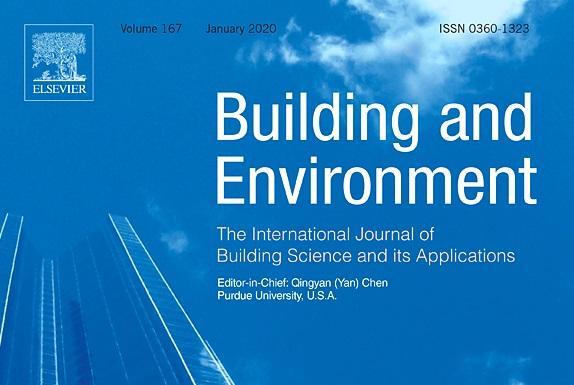Energy, indoor air quality, occupant behavior, self-reported symptoms and satisfaction in energy-efficient dwellings in Switzerland
Abstract
We performed the first large-scale investigation of indoor air quality (IAQ), energy and occupant behavior and satisfaction, in 650 energy-efficient dwellings in western Switzerland. The investigation included comparative assessment of 217 green-certified Minergie (M) and 433 energy-renovated (R) dwellings.
Data were collected through a combination of a questionnaire survey of building characteristics and occupancy symptoms/satisfaction, as well as field measurements of radon, total volatile organic compounds (TVOC), formaldehyde and fungi. The results showed that 90% of M dwellings relied on renewable and low-carbon energy sources for space and water heating, as compared to only 40% of R dwellings. The annual electricity consumptions of M and R dwellings were similar (~33 kWh/m2), however, R dwellings consumed more gas and heating oil, thus contributing more to greenhouse gas emissions.
The concentration of sampled air pollutants in the two dwelling types was generally below the maximum guideline values. Interestingly, the concentration of all air pollutants was significantly lower in M relative to R dwellings: Radon (48 vs. 91 Bq/m3), TVOC (167 vs. 259 μg/m3), formaldehyde (12 vs. 15 μg/m3) and fungal colony-forming units (33 vs. 48 CFUs). Statistical comparisons revealed that residents of naturally ventilated R dwellings tended to open windows more frequently, while occupants of M dwellings relied on mechanical ventilation.
We found no differences in occupant satisfaction and self-reported symptoms between the two dwelling types. The findings of this study are of potential utility for interpreting impacts of growing building energy renovation initiatives on indoor air quality, ventilation design and occupant satisfaction.
